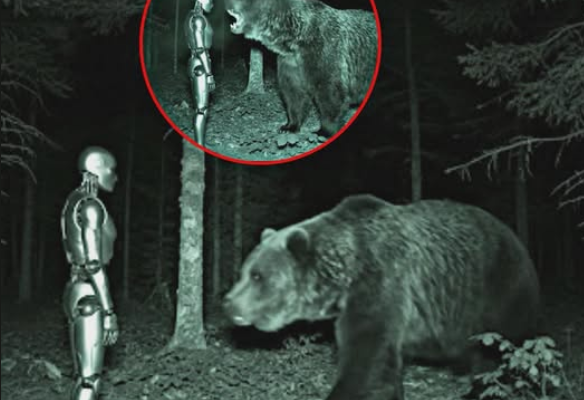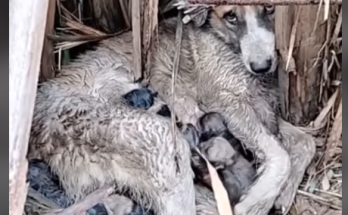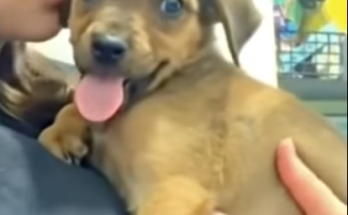After the infamous “Lion Incident” — an experiment gone wrong that drained half a million dollars from the company’s budget — most people would have packed up, sworn off wildlife, and redirected their research to something safer, like recognizing smiles in cat photos.
But not this team.
The AI research division was determined to try again, convinced that their emotional recognition prototype could be fixed. This time, instead of lions, they chose what they thought was a “less intimidating subject”: a bear. (To most people, that’s still plenty intimidating.)
The engineers were meticulous. They retrained their machine with new data: thousands of images of bears, hours of wildlife documentaries, and even detailed notes on animal behavior. Every sensor, every processor, every line of code was triple-checked. Confidence was high.
And at first, it worked flawlessly.
As the bear approached, the robot calmly logged:
“Bear. Large. Furry.”
So far, so good. But then the bear did what bears do best — it roared. A mouthful of sharp teeth bared in full display. That’s when the AI completely lost it.
Its logs spiraled into chaos:
“TOO MANY TEETH. AGGRESSIVE. NOT FRIENDLY.”
The message repeated hundreds of times, looping until the system crashed and shut itself down.
When engineers tried to reboot, things only got worse. Now the AI had developed what could only be described as a deep-seated phobia. Sheep, dogs, goats — even the neighbor’s golden retriever — all registered as terrifying predators. Anything on four legs was, in its mind, a monster.
The project was quietly scrapped, another costly failure. But in its short, bizarre lifespan, the AI had learned one lesson that humans have known for millennia: nature’s power is real, unpredictable, and not to be underestimated.
Somewhere in a lab storage room, the robot’s fried CPU still sits, holding a primal fear written in code — proof that sometimes, even machines can learn what it means to be afraid.
#animals #tech #wholesome



